Have you ever spotted a recipe online that looks so simple you think, ‘I could make that blindfolded’? We’ve all been there. Some dishes appear deceptively straightforward but hide technical challenges that can frustrate even experienced home cooks. From temperamental egg dishes to delicate pastries, these seemingly simple recipes might have you reaching for takeout menus after a failed attempt.
1. Soufflé
The mighty soufflé strikes fear in the hearts of home cooks everywhere. This classic French dish demands scientific precision – one heavy-handed fold of your egg whites and you’ll end up with a sad, deflated mess instead of that picture-perfect rise.
Temperature control is absolutely crucial. Your oven must be perfectly preheated, and that door? Don’t even think about peeking inside while it bakes! Even slight vibrations can cause a catastrophic collapse.
The ingredients need to be at just the right temperature before mixing begins. Cold eggs won’t whip properly, and overbeaten whites create a grainy texture. Master the soufflé and you’ve earned serious kitchen bragging rights – this temperamental dish separates casual cooks from culinary artists.
2. Poached Eggs
Poached eggs seem so basic – just crack an egg into hot water, right? Wrong! The perfect poach requires a delicate dance of timing and technique. Fresh eggs work best, as older eggs have thinner whites that spread like ghostly tendrils throughout your pot.
Creating the ideal water vortex takes practice – too vigorous and you’ll break the yolk, too gentle and the whites disperse. That splash of vinegar isn’t just for flavor; it helps coagulate the proteins faster, but add too much and your eggs taste like Easter crafts.
The temperature sweet spot is maddeningly narrow: too hot and the whites toughen before setting properly; too cool and they dissolve into an unappetizing cloud. Many professional chefs consider poached eggs the true test of breakfast cooking skills.
3. Ramen (From Scratch)
Authentic ramen is a marathon, not a sprint. The broth alone can take 12+ hours of careful simmering to develop those complex, umami-rich flavors. Each component requires individual attention – from the alkaline noodles with their distinctive springy texture to the jammy eggs with perfectly set whites and gooey centers.
The chashu pork belly demands patience as it slowly braises to melt-in-your-mouth tenderness. Even the tare (seasoning base) involves balancing multiple ingredients to create the soul of your bowl.
The real challenge comes in timing everything to finish simultaneously. Professional ramen chefs train for years to master just one style of this iconic dish. Those instant packets might seem laughable now, but they suddenly make a lot more sense when you’re 10 hours into broth-making with noodles still to prepare!
4. Macarons
Those colorful little sandwich cookies mocking you from bakery windows hide a maddening temperament. Macarons demand more than ingredients – they require environmental control. Humidity is your sworn enemy, affecting everything from meringue stability to shell drying time.
The macaronage (folding) stage is where dreams live or die. Too little and your shells crack; too much and they spread like pancakes. Even if you nail the mixing, those infuriating little feet (the ruffled edges) might not form if your oven temperature fluctuates by even a few degrees.
Recipes often omit crucial details like aging egg whites or resting the piped shells. And after all that work? You still need to wait 24 hours for them to mature with their filling before eating! No wonder professional pastry chefs use these finicky treats as a benchmark for technical skill.
5. Risotto
Risotto’s reputation for difficulty isn’t about complex techniques – it’s about the relentless attention it demands. The moment you turn away to check your phone, your creamy dream can transform into gluey disappointment. The rice requires constant, gentle stirring to release its starch gradually while absorbing hot stock at just the right rate.
Temperature control is non-negotiable. Too hot, and the outside of each grain cooks before the inside, creating an unpleasant texture. Too cool, and you’ll be stirring until midnight without developing that signature silkiness.
Timing the final stage (mantecatura) requires intuition – knowing exactly when to pull the pot off heat and vigorously beat in cold butter and cheese. Restaurant chefs often par-cook risotto for this reason, finishing each order à la minute. Perfecting this Italian classic means becoming one with your wooden spoon for 20 uninterrupted minutes.
6. Beef Wellington
Beef Wellington presents a perfect storm of culinary challenges. The centerpiece tenderloin must be seared perfectly on the outside while remaining rare inside – and that’s just the beginning. The mushroom duxelles layer needs precise cooking to remove moisture without losing flavor.
Assembly feels like a high-stakes wrapping job. The pastry must encase everything snugly without tearing, while preventing moisture from the filling from creating the dreaded “soggy bottom.” Those decorative pastry flourishes? They’re not just for show but help ensure even baking.
The final baking stage is nerve-wracking – you can’t check the meat’s internal temperature without ruining the presentation. Too little time and you’ll have raw pastry; too much and your perfectly tender beef becomes overcooked. Gordon Ramsay’s signature dish has humbled countless home cooks who discovered too late that it’s essentially four challenging recipes in one.
7. Croissants
Homemade croissants represent the Mount Everest of pastry challenges. The lamination process – creating those signature flaky layers – demands surgeon-like precision and environmental awareness. Your butter must remain cold enough to stay solid yet pliable enough to roll without breaking through the dough.
Each fold and turn must be executed with geometric accuracy. Uneven pressure creates uneven layers, leading to lopsided pastries that bake unevenly. The temperature dance continues throughout – too warm and butter melts into the dough, too cold and it shatters.
Proofing requires its own intuition – under-proofed croissants are dense and doughy, over-proofed ones collapse in the oven. The entire process spans multiple days with resting periods that can’t be rushed. Professional bakers spend years perfecting their lamination technique, which explains why truly exceptional croissants remain relatively rare outside specialized bakeries.
8. Hollandaise Sauce
Hollandaise sauce earns its reputation as one of the five mother sauces of French cuisine through its notorious fragility. This velvety emulsion walks a tightrope between raw and scrambled eggs with almost no margin for error. The traditional method involves whisking egg yolks over barely simmering water – too hot and you’ve got fancy scrambled eggs.
The butter incorporation stage is equally treacherous. Add it too quickly and your sauce breaks; too slowly and it never reaches the proper consistency. That perfect temperature window? It’s maddeningly narrow.
Even if you successfully navigate these challenges, hollandaise remains unstable. It can’t be made far ahead or reheated without special techniques. The sauce demands your complete attention and technical skill, which is why many brunch spots use shortcuts or stabilizers. Master hollandaise and you’ve conquered one of cooking’s most temperamental techniques.
9. Pad Thai
Pad Thai’s apparent simplicity masks its true complexity. The sauce alone requires balancing sweet palm sugar, sour tamarind, salty fish sauce, and spicy chili – a harmony that takes practice to achieve. Substituting ingredients (as many home cooks do) throws off this delicate equilibrium.
The rice noodles demand perfect soaking – too brief and they remain tough; too long and they disintegrate during stir-frying. The wok itself presents challenges, needing to be screaming hot to achieve proper “wok hei” flavor without burning the ingredients.
Timing is everything in this dish. Proteins, vegetables, eggs, and noodles all have different cooking times but must come together simultaneously. The final seconds of cooking incorporate bean sprouts and herbs that should retain their crunch and freshness. No wonder so many Thai chefs judge each other’s skills based on their Pad Thai – this national dish requires technical mastery behind its accessible facade.
10. Fried Chicken
Fried chicken’s deceptive difficulty lies in its many critical decision points. The brining stage alone can make or break your results – too brief and the meat stays bland, too long and it becomes ham-like in texture. That perfectly seasoned coating? It needs to adhere properly without falling off during frying.
Oil temperature control separates amateur attempts from professional results. Too hot and you’ll have burnt coating with raw meat; too cool and oil seeps into the chicken, creating a greasy mess. The size and type of chicken parts affect cooking time dramatically, requiring experience to judge doneness without cutting into pieces.
Even after frying, proper resting is essential to allow juices to redistribute and coating to set properly. Southern grandmothers didn’t perfect their fried chicken recipes overnight – they mastered this technically demanding dish through years of practice, developing the intuition that no recipe can fully capture.
11. Omelette (French Style)
The classic French omelette appears elementary but represents one of cooking’s purest tests of technique. With just eggs, butter, salt and perhaps herbs, there’s nowhere to hide mistakes. The process happens alarmingly fast – 30-60 seconds from start to finish.
Heat control is paramount. Your pan must be hot enough to cook quickly but not so hot that the eggs brown (considered a cardinal sin). The stirring motion requires confident, practiced movements to create those signature soft curds while allowing the exterior to set just enough.
The rolling technique demands dexterity – too much manipulation toughens the eggs, too little leaves them undercooked. French culinary legend Jacques Pépin famously uses this dish to evaluate chef candidates, as it reveals everything about their technical foundation and attention to detail. A perfectly executed French omelette should be pale yellow, with a silky exterior hiding barely-set, creamy curds inside.
12. Meringue (or Pavlova)
Meringue’s minimalist ingredient list (egg whites and sugar) belies its technical demands. Success begins before you even crack an egg – equipment must be scrupulously clean, as even a speck of fat prevents proper whipping. Room temperature eggs whip better, but separating cold eggs is easier – just one of many contradictory considerations.
The sugar incorporation stage requires patience. Add it too quickly and you’ll deflate the whites; too slowly and they become overbeaten and grainy. Humidity is the invisible enemy – a rainy day can doom your meringue to stickiness regardless of technique.
Baking transforms this mixture through a delicate dehydration process rather than actual cooking. The perfect pavlova or meringue cookie has a crisp exterior protecting a marshmallow-like interior. Too hot an oven creates beige meringues; too cool and they never properly set. The waiting game continues even after baking – rushing the cooling process invites collapse and weeping.
13. Pizza (Neapolitan Style)
Authentic Neapolitan pizza exposes the vast gap between casual homemade attempts and true artisanal craft. The dough itself presents multiple challenges – high hydration makes it notoriously sticky and difficult to handle. Proper fermentation requires temperature control and patience, developing flavor and structure over 24-72 hours.
Shaping tests even experienced bakers. The stretching technique preserves gas bubbles while creating that characteristic thin center with puffed edges. One wrong move and you’ve torn a hole or compressed the cornicione (rim).
The baking environment creates the biggest hurdle for home cooks. True Neapolitan pizza requires temperatures approaching 900°F – unachievable in standard home ovens. This extreme heat creates the signature leopard-spotted char and blisters while cooking the pizza in just 60-90 seconds. Professional pizzaiolos train for years to master the techniques required for what appears to be a simple flatbread with toppings.
14. Gnocchi
Gnocchi’s disarming simplicity hides its technical demands. These Italian potato dumplings begin with a critical choice – which potato variety to use? Starchy russets work best, but their moisture content varies wildly depending on age and storage conditions, making recipes frustratingly inconsistent.
The cooking method matters enormously. Boiling potatoes introduces unpredictable moisture; baking takes longer but produces more consistent results. Working with the dough requires a light touch – overwork it and you’ve created chewy rubber bullets instead of pillowy dumplings.
The flour quantity becomes a judgment call that no recipe can precisely specify. Add too little and your gnocchi disintegrate in boiling water; too much and they become dense and heavy. Professional Italian chefs develop an intuitive feel for the dough through experience. The perfect gnocchi should float quickly to the surface when cooked and offer a delicate resistance to the bite – a balance that takes practice to achieve.
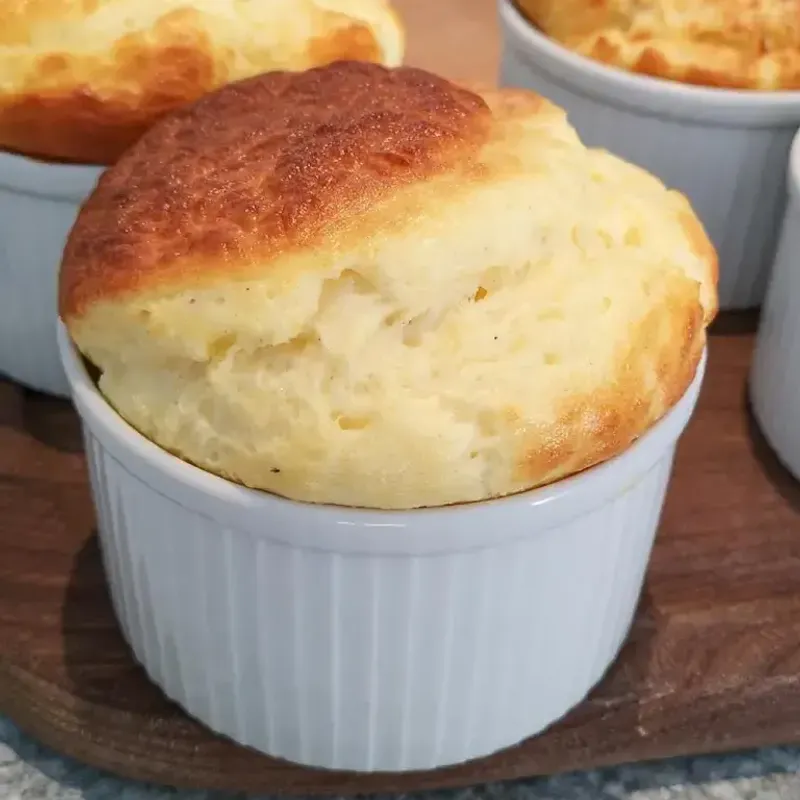
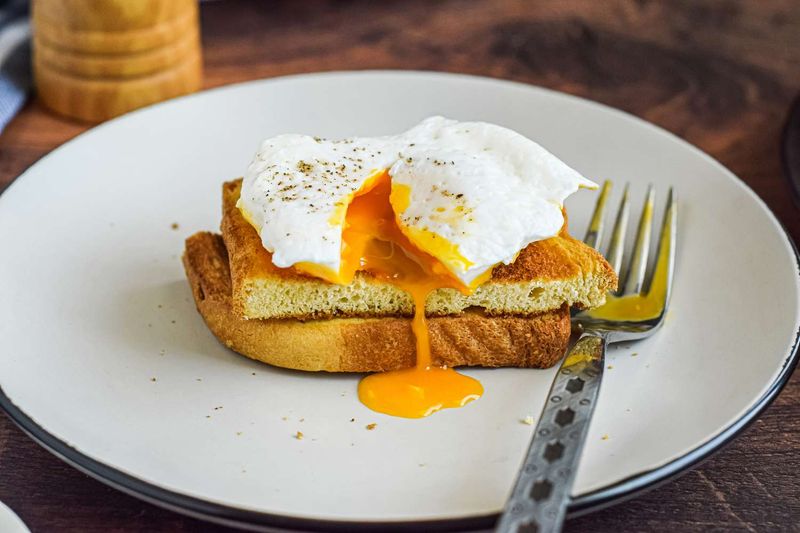
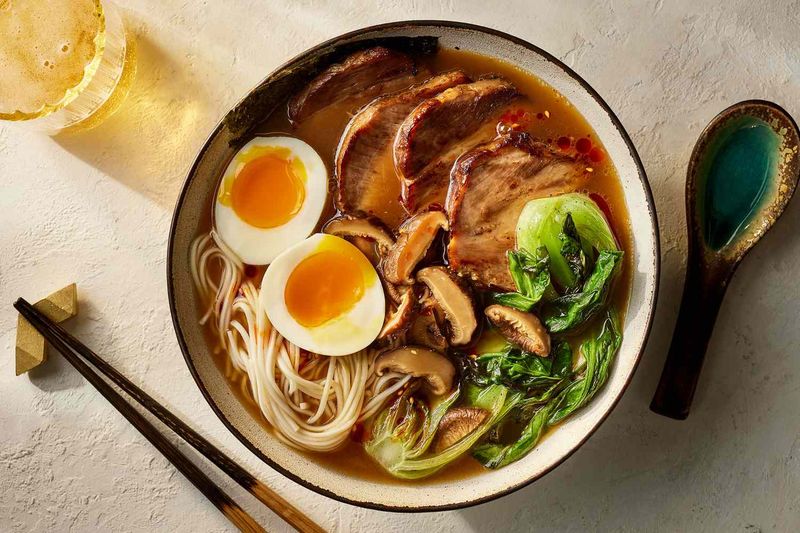

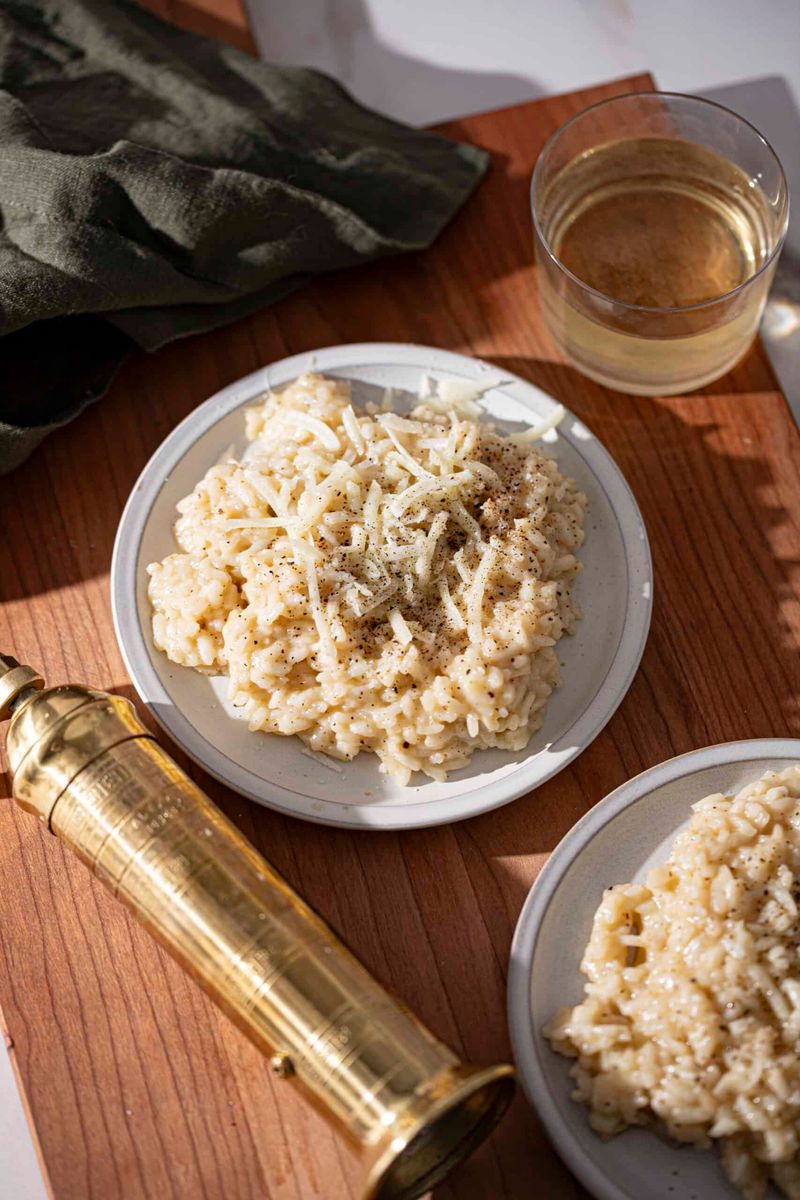

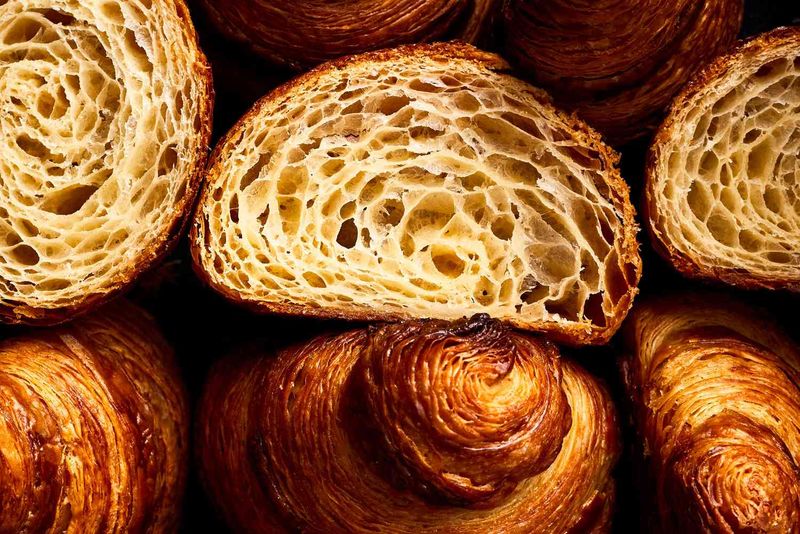
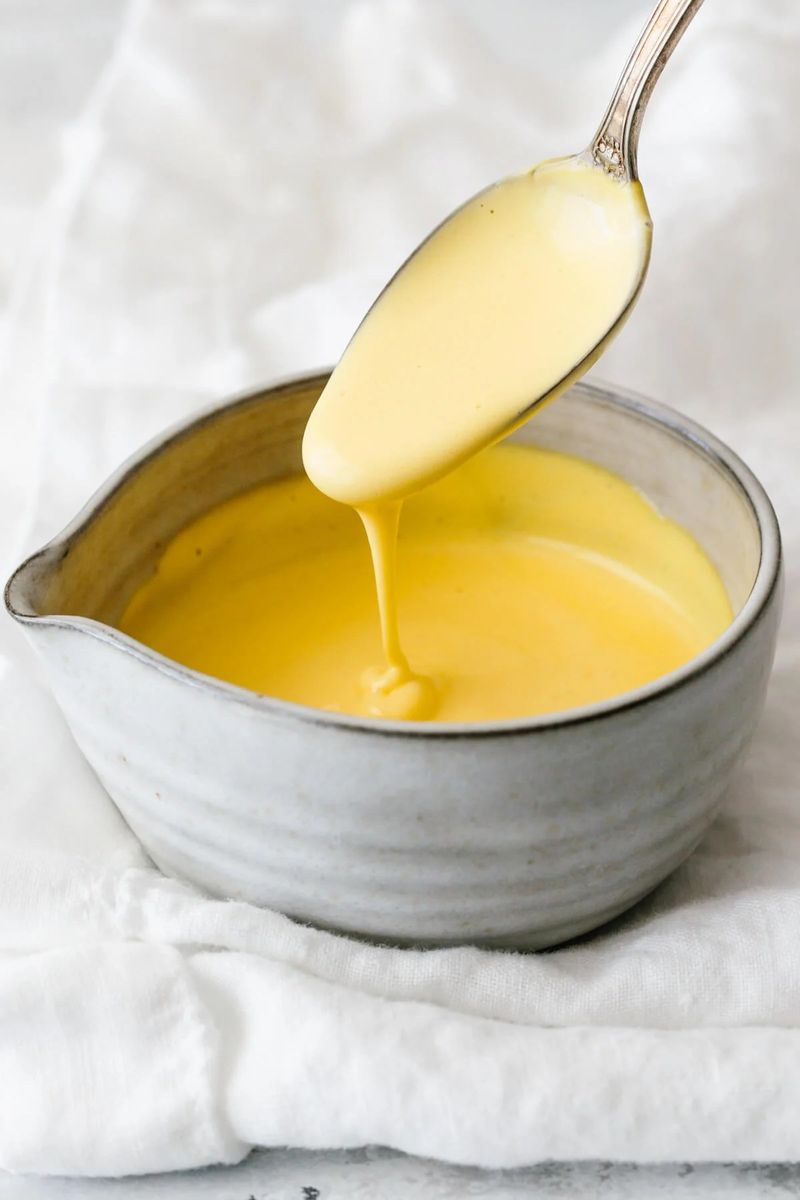

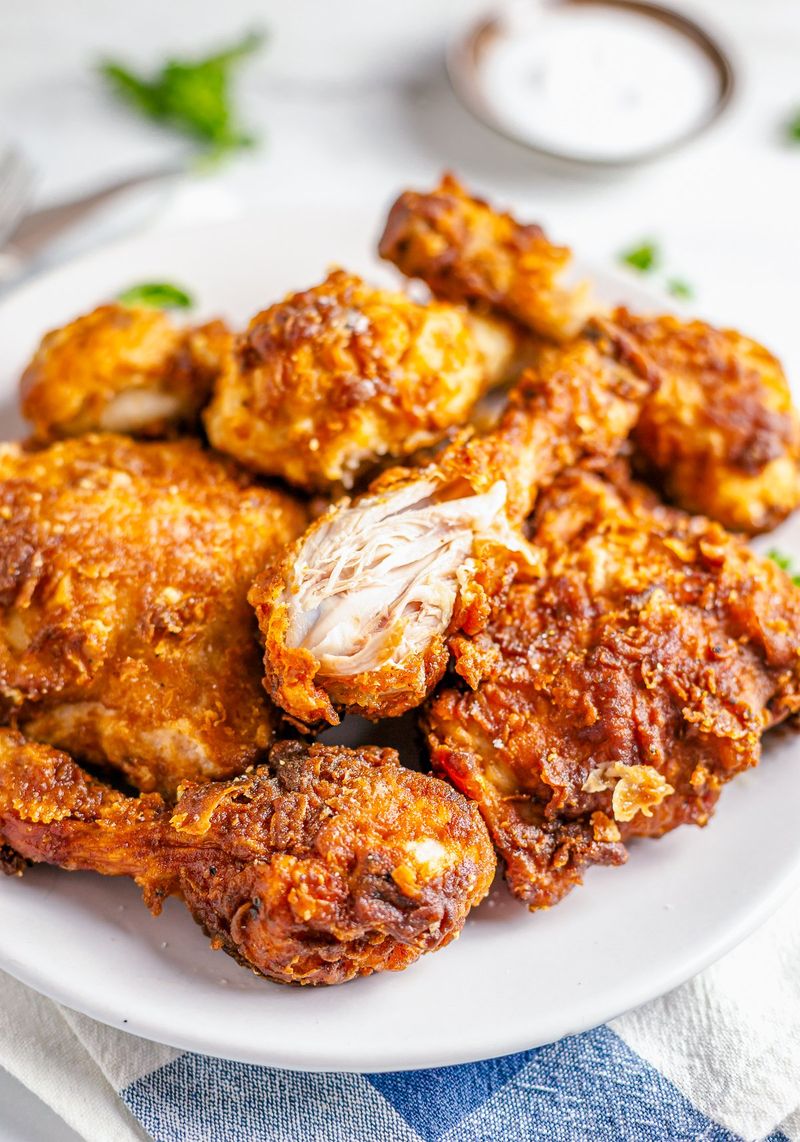


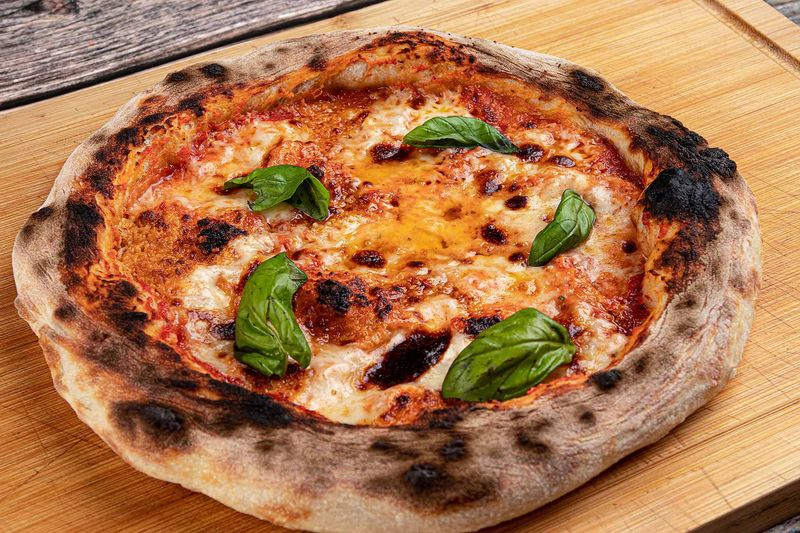
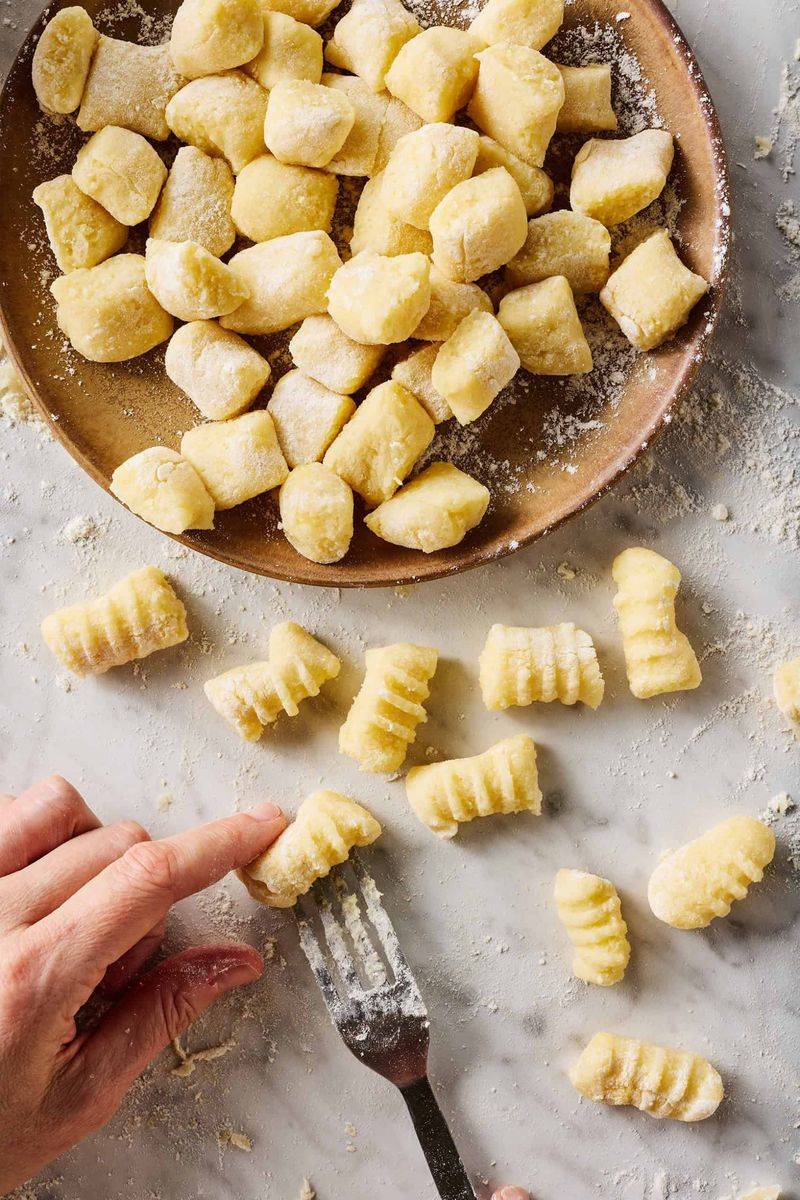
Leave a comment